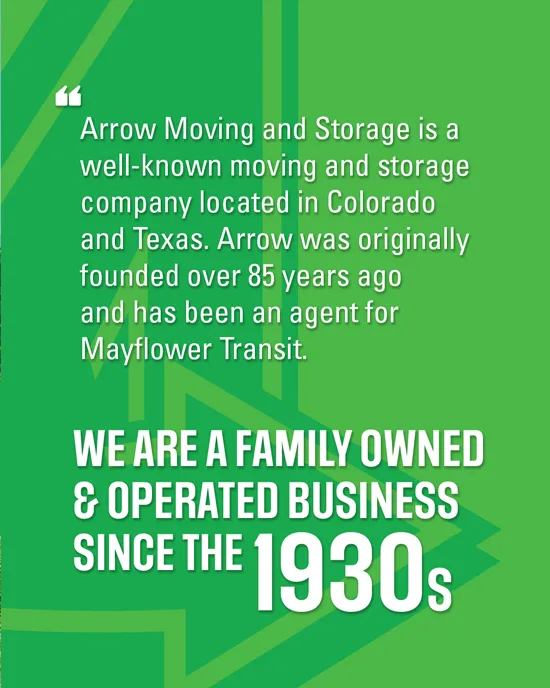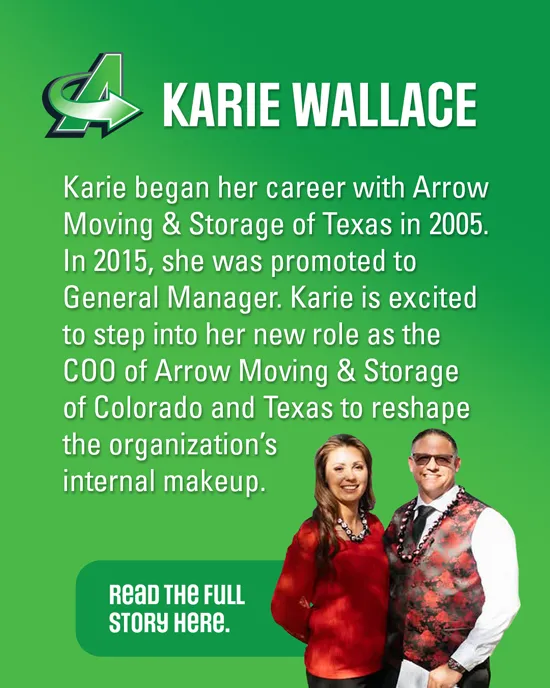Planning for a household move involves many small details and moving parts. All of those details need to come together at the same time to pull off a successful, smooth move. That’s why you need to be prepared with the right materials and supplies.
To make sure you have all the necessary tools and equipment to pack up your belongings, here’s an in-depth moving supplies checklist.
Your Complete Moving Supplies Checklist
Please note that this is a comprehensive checklist, and you may not need everything on it, depending on what you have to move. Take stock of all the belongings that are coming with you and create your unique checklist accordingly.
Boxes
When it comes to buying moving boxes, the trickiest part is figuring out how many to buy.
There are a number of helpful online calculators that can help you determine approximately how many boxes you’re going to need. And remember when it comes to buying moving boxes, it’s always better to overestimate how many you’ll need than wind up shorthanded.
It’s critical to have sturdy boxes in a variety of sizes to protect your belongings. Make sure these boxes are clean and dry. You don’t want worn or wet boxes to compromise the construction of the cardboard.
Pack your heavier things in smaller boxes. Lighter items like clothes and bedding work well in large boxes.
Packing Paper
Stock up on plenty of packing paper to wrap fragile or sharp items in. Packing paper can also be used as an excellent filler in the boxes, providing extra cushion and stability in each box. The ideal packing paper is ink-free since the ink on newsprint can bleed on to your belongings.
Bubble Wrap
Use bubble wrap to protect extra fragile items made of glass, ceramic, and porcelain. Leaving space in boxes for your items to shift around can lead to damage. Using paddings like bubble wrap paper will keep everything still and secure.
Baggies
Small, Ziploc baggies are excellent for storing little items that could get lost. For instance, when you disassemble something that has screws or small parts, place them in a baggie. Label the bag and store it with the item.
Packing Tape
Like with boxes, it’s always better to have too much packing tape than not enough. Also, investing in a tape gun can help make sealing boxes easier and cut back on wasted tape.
Labels and Permanent Markers
To make unpacking more manageable, make sure you label all your boxes clearly. No matter how you decide to label your items, moving labels, colored stickers, and thick permanent markers can help.
A Toolbox
If you plan on dismantling any furniture, a simple toolset is a necessity. A screwdriver, wrench with a variety of heads, hammer, and scissors should be included in your toolbox. Keep these tools handy; you will also probably need them on moving day.
Furniture Pads, Covers, and Wrap
Unfortunately, you can’t just box up your furniture. So, you have to find other ways to keep it all safe.
Furniture pads and covers are essential to protecting your pieces from bumps and scrapes during the moving process.
Furniture wrap can also help defend your items from the wear and tear of moving. It’s also essential for keeping drawers and cabinet doors shut and secure.
All that said, if you plan on hiring residential movers, then you probably won’t need to worry about buying any of these supplies. Your mover will have plenty of furniture pads, covers, and wrap on hand already.
Gathering Your Supplies
By following this moving supplies checklist, you’ll be able to collect all the supplies you’ll need to make your move a breeze.
Are you looking for a little more moving advice?
Check out the rest of our blog for more helpful guides, or contact our team of moving specialists to schedule a consultation today.





